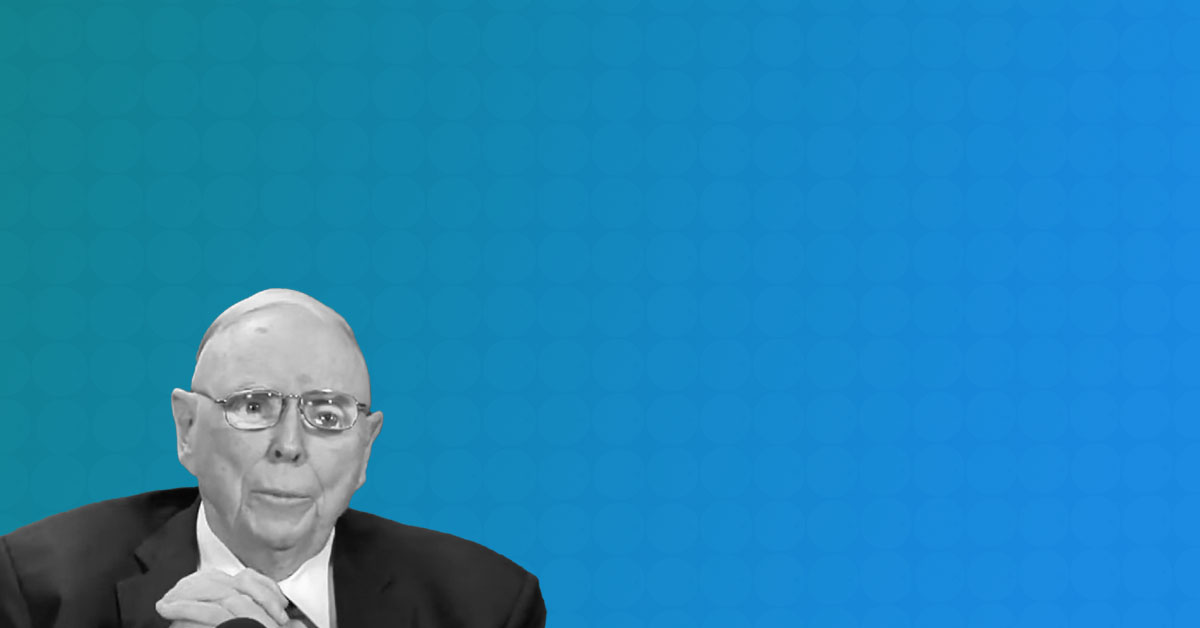Our Biases Are Baked in the Cake
In his 1934 seminal work, Securities Analysis, Benjamin Graham famously wrote that “In the short run, the stock market is a voting machine, but in the long run, it’s a weighing machine.” Graham was saying that emotion moves stock prices from day to day, but over the long haul, it’s the financial performance of a company that determines its value.
As of July 3rd, the S&P 500 is up 14.79% year-to-date. Are these solid gains the result of sentiment or of intrinsic value? By one popular measure, the market is overvalued: the price-to-earnings ratio of the S&P 500 is 28.68, which implies an earnings yield of 2.87% based on the prior 12 months of earnings. A 3% return doesn’t sound very rich at a time when inflation is higher than that.
By another popular measure, the U.S. Investor Sentiment % Bullish Index, the market is a bargain: the Index is currently at 44.49, well above its long-term average of 36.62. Its companion, the % Bearish index, is currently at 28.35, versus its long-term average of 31. So, the market is more bullish than usual and less bearish. On the cable channels, they call that a “buying signal.”
One explanation could be that investors expect earnings to grow significantly; another is a “rush to quality,” meaning that alternative asset classes, like bonds, real estate, precious metals, and even digital currencies, are less attractive than stocks. But here’s the thing: none of that matters because you can’t control any of it.
You also can’t reliably predict how the market will react to events. Recent events might have suggested a very different market trend than the recovery we’ve been in since March of 2020. In that time, we’ve had a pandemic, two major wars, a supply chain crisis, and any number of other pieces of dire news. Yet the market has reached 5,524 (intraday on July 3rd) from its bottom of 2,338.
Market action is downstream from humanity: Our instincts to hoard security and flee from danger are just part of who we are. That combination of running toward safety and away from danger has been selection criterion number one since life began. Humans aren’t at the top of the food chain because we’re the biggest, the fastest, or the strongest. It’s because we stick together. We’re tribal. We find safety in the crowd.
Crowds can be a great thing when facing danger. Wonderful things have happened when Americans have come together: wars have been won, the solar system explored, and food production has grown exponentially, along with industrial productivity. But crowds can also cause individuals to do regrettable things. It’s fine if it’s disco or bell bottoms or pop art; it’s not so great when we have tulip mania or stock market bubbles. That’s life for generation 10,001.
We are now and have always been, in a Dinah Shore market: que sera, sera. What will be, will be. The crowd is going to throw money at “sure things” and panic sell when trends mean revert. If there’s a lesson in all of this, it’s to learn to be an observer of the crowd, not a part of it.
The crowd will vote one way today and the opposite way tomorrow. Markets will soar and crash. But if history has taught us anything, it’s that the weighing machine will be reliable in the end, and when you combine intelligent diversification with patience, good things are likely to happen–eventually.








